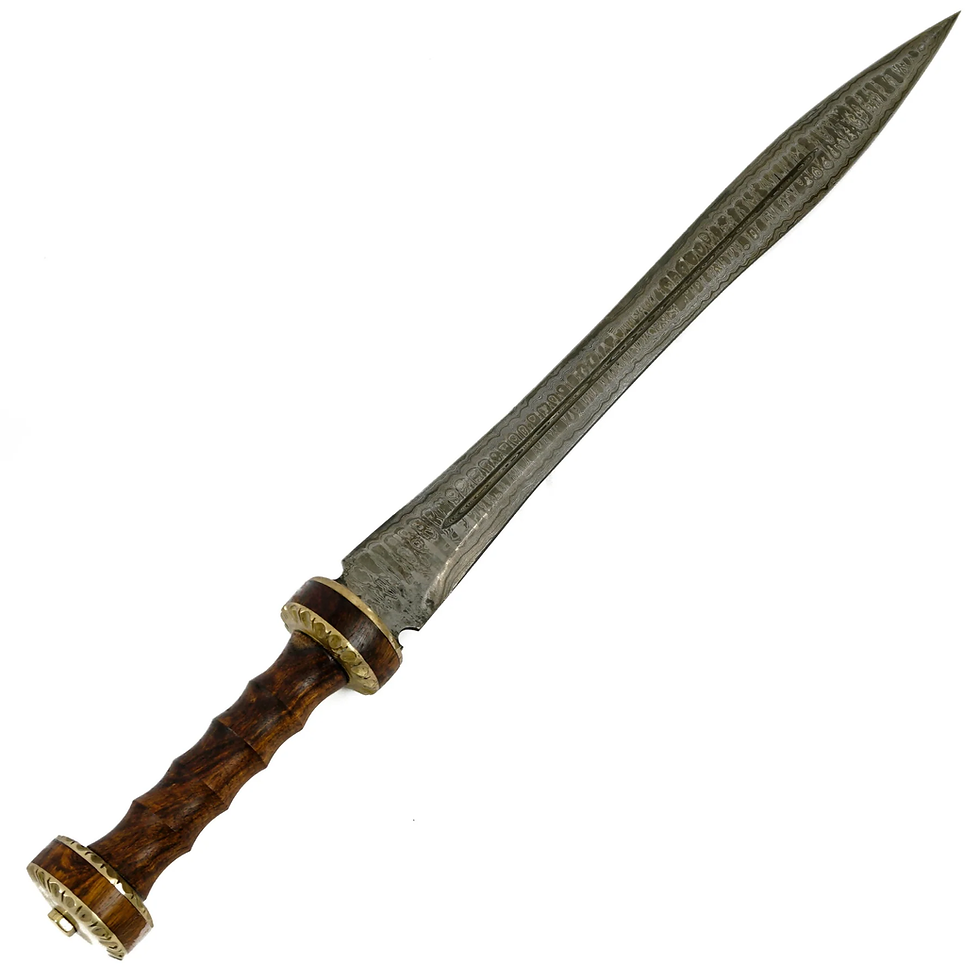The art of Medieval weaponry - Xbows and Lance
- battlingblades93
- May 1
- 2 min read

Across fronts from China to England and beyond, new methods of waging war were created during these numerous wars. Eastward, when the Tang Dynasty, which had lasted for almost 300 years, gave way to the combative Dynasties and Ten Kingdoms era, China experienced turmoil of its own.
Early medieval times, when fighters started playing around with different blade shapes to increase their battle efficacy, provided the idea of the false edge.
Want to know about the art of medieval weapons? Keep reading this blog to get a complete detail about medieval weaponry. So, let’s get started.
The art of Medieval weaponry
1: Xbows
In fact, crossbows have existed for quite some time. Most likely the gastraphetes of ancient Greece, the earliest crossbows were most likely from the sixth century BCE ancient China. During the Middle Ages, crossbows were a major part of the European arsenal; by the 12th century, they had replaced hand bows in many armies scattered over the continent.
Important to warfare, these crossbows were drawn by putting the foot on a front stirrup or by employing a windlass; they let primarily untrained, conscripted infantry discharge deadly missile force; bows needed a more highly skilled warrior class. By the end of the Middle Ages, guns were replacing crossbows; we will return to it soon. This Viking weapon style was particularly successful in close combat circumstances, where quick and surprising strikes were vital.
2: Lance
Cavalry had been a key element of the battle for as long as people had ridden horses, but many medieval European armies were particularly dependent on heavy cavalry for most of their striking force.
Although the name comes from ancient terms for throwing spears and has an etymological connection to "launch," by the Middle Ages, lances had become one-use Viking weapon that frequently shattered on contact with the foe and was then superseded by swords, war hammers, or other hand weapons.
Over time, the false edge changed to fulfill several functions. It became a defensive tool, letting the user stop an attack from an opponent using the unsharpened side of the blade.
Final Thoughts
Its development over time highlights the creativity of medieval fighters and their commitment to enhancing the efficacy of their battles. Medieval weaponry "art" was the deft design, manufacture, and use of swords, axes, and spears. Often made by talented blacksmiths, these weapons required power and training to be used properly. If you are a weapon enthusiast, get Medieval weapons from Battling Blades!





Comments